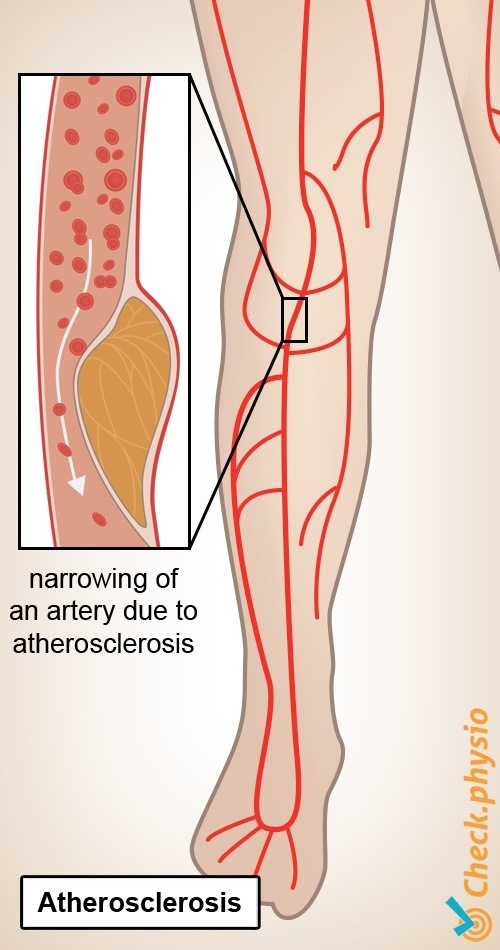A nurse is teaching a client who has angina pectoris about starting therapy with SL nitroglycerin tablets. The nurse should include which of the following instructions regarding how to take the medication?
Take this medication after each meal and at bedtime.
Take one tablet every 15 min during an acute atack.
Take this medication with 8 ounces of water.
Take one tablet at the first indication of chest pain.
The Correct Answer is D
Taking one tablet at the first indication of chest pain is the correct way to use SL nitroglycerin tablets, as they are fast- acting and can relieve anginal symptoms within minutes. The client should place the tablet under the tongue and let it dissolve.
Taking one tablet at the first indication of chest pain is the correct way to use SL nitroglycerin tablets, as they are fast- acting and can relieve anginal symptoms within minutes. The client should place the tablet under the tongue and let it dissolve.
Taking this medication after each meal and at bedtime is not appropriate, as SL nitroglycerin tablets are not meant for routine or prophylactic use, but only for acute episodes of angina.
Taking one tablet every 15 min during an acute attack is not correct, as the client should not exceed three doses in 15 min. If the pain is not relieved after three doses, the client should seek emergency medical attention.
Taking this medication with 8 ounces of water is not necessary, as SL nitroglycerin tablets do not need to be swallowed or washed down with water. They should be dissolved under the tongue for optimal absorption.
Nursing Test Bank
Naxlex Comprehensive Predictor Exams
Related Questions
Correct Answer is B
Explanation
The correct answer is B
Choice B reason: Intermittent claudication
Intermittent claudication is a characteristic symptom of PAD in the early stage, due to the reduced blood flow to the muscles during exercise. It is a cramping pain in the legs that occurs with walking and is relieved by rest.
Choice A reason: Dependent rubor is a sign of PAD in the advanced stage, due to the impaired vasodilation and reactive hyperemia. It is a reddish color of the lower extremities that occurs when they are lowered and disappears when they are elevated.
Choice C reason: Foot ulcers are a complication of PAD in the late stage, due to the poor wound healing and tissue necrosis. They are usually located on the toes, heels, or pressure points.
Choice D reason: Rest pain is another sign of PAD in the late stage, due to the severe ischemia and nerve damage. It is a persistent pain in the feet or toes that occurs at night and is not relieved by rest.

Correct Answer is ["75"]
Explanation
To calculate the infusion rate, divide the volume of fluid by the time in hours. In this case, 1800 mL / 24 hr = 75 mL/hr.
Round the answer to the nearest whole number and use a leading zero if it applies.
Do not use a trailing zero because it could be misread as a decimal point. Therefore, the nurse should set the IV pump to deliver 75 mL/hr.

Whether you are a student looking to ace your exams or a practicing nurse seeking to enhance your expertise , our nursing education contents will empower you with the confidence and competence to make a difference in the lives of patients and become a respected leader in the healthcare field.
Visit Naxlex, invest in your future and unlock endless possibilities with our unparalleled nursing education contents today
Report Wrong Answer on the Current Question
Do you disagree with the answer? If yes, what is your expected answer? Explain.
Kindly be descriptive with the issue you are facing.
